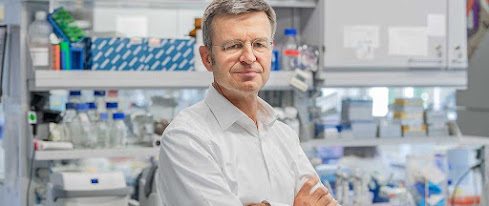Now, University of South Australia researchers are urging governments to consider nature-based citizen science as part of their public health policies in an effort improve the health and wellbeing of people living in urban areas.
By 2050, the United Nations estimates that 88 per cent of the population will be living in urban areas.
Given such mass urbanization, UniSA’s Professor Craig Williams says it’s more important than ever to maintain a connection with natural environments.
“Whether you’re watering the garden, taking a stroll around the block, or simply watching the world go by, getting out into nature is good for your health,” Prof Williams says.
“Natural environments can enhance human performance, improve success at work (or school) and are known to provide significant mental, emotional, and physical health benefits.
“Conversely, urbanization can negatively affect human health by increasing the prevalence of allergic, autoimmune, inflammatory, and infectious diseases, with some of these factors contributing to rise in cancers, depression and cardiovascular disease.
“As cities grow, fewer people have access to natural environments, which is part of the reason urban living can be bad for your health.















.jpg)

